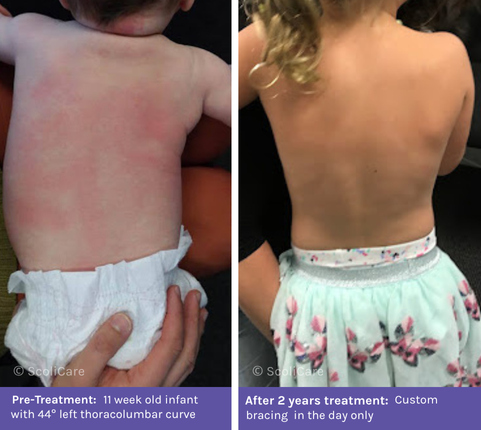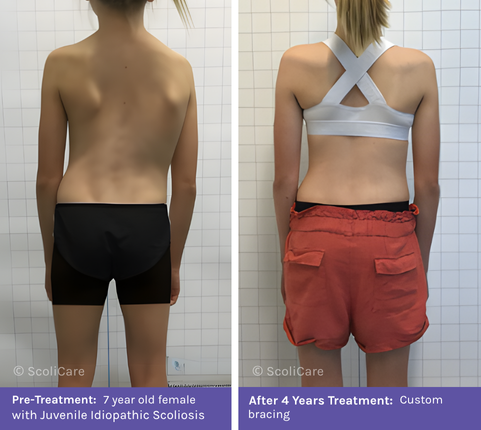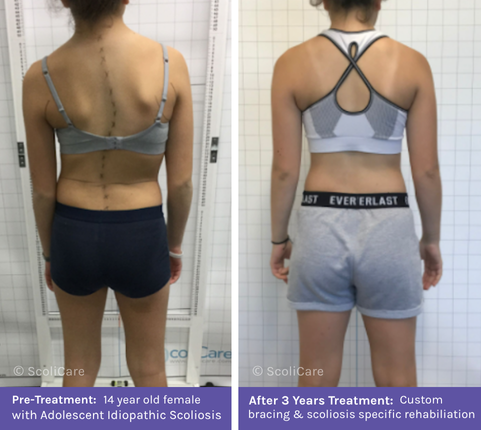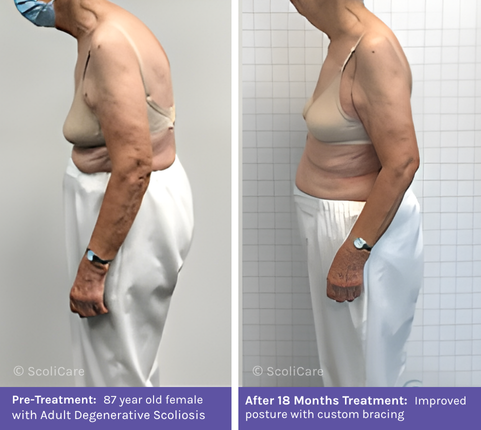Everything you need to know about scoliosis and treatment options
People of all ages can be affected by scoliosis, and its severity can vary significantly from case to case. Some might experience only mild symptoms, whereas others might have postural shifts or movement difficulties. Early detection of scoliosis is essential for management and treatment. A dedicated scoliosis clinic in Victoria can offer individualised care plans suited to each patient’s needs.

What a Scoliosis?

Scoliosis is often thought of as a condition that only affects teenagers. In fact, it can develop at any time. In adults, scoliosis can develop from a previously undiagnosed childhood condition or occur later in life due to degenerative changes in the spine. While some adults experience mild symptoms, others may see the curve worsen over time, potentially affecting mobility and quality of life. Early intervention with custom bracing and scoliosis specific rehabilitation can help manage symptoms and improve quality of life.
What is Infantile Scoliosis?

Infantile scoliosis occurs in children under the age of 4, usually presenting as a left-sided curve. While many cases may resolve naturally as the child grows, some can worsen over time, potentially leading to more serious problems. Early detection and intervention are key to preventing progression. Treatment options vary based on the severity of the curve and may include monitoring, casting, custom bracing, and in severe cases, surgery.
What is Adolescent Scoliosis?

What is Juvenile Scoliosis?

Juvenile scoliosis is a type of idiopathic scoliosis that affects children between the ages of 4 and 10 years of age. It is more common in girls, particularly between ages 6 and 10. The condition often worsens over time, with a higher risk of progression if not detected and treated early. In many cases, treatments such as custom bracing and scoliosis specific exercise rehabilitation are available as evidence-based treatment options for patients with Juvenile Scoliosis.
What is Infantile Scoliosis?

Infantile scoliosis occurs in children under the age of 4, usually presenting as a left-sided curve. While many cases may resolve naturally as the child grows, some can worsen over time, potentially leading to more serious problems. Early detection and intervention are key to preventing progression. Treatment options vary based on the severity of the curve and may include monitoring, casting, custom bracing, and in severe cases, surgery.
What is Scoliosis?

Scoliosis is a progressive condition where the spine curves sideways into a “C” or “S” shape. While it’s normal for the spine to have gentle curves when viewed from the side, it should appear straight when viewed from the back. Signs of scoliosis may include uneven shoulders, hips, or waist, a leaning posture, back pain, or a visible spinal curve.
Scoliosis can develop at any age – in infants, children, teens, or adults – and treatment outcomes often depend on how early the condition is detected. Regular screenings across all age groups are important for early diagnosis and proactive treatment.
What is Scoliosis?

Scoliosis is a progressive condition where the spine curves sideways into a “C” or “S” shape. While it’s normal for the spine to have gentle curves when viewed from the side, it should appear straight when viewed from the back. Signs of scoliosis may include uneven shoulders, hips, or waist, a leaning posture, back pain, or a visible spinal curve.
Scoliosis can develop at any age – in infants, children, teens, or adults – and treatment outcomes often depend on how early the condition is detected. Regular screenings across all age groups are important for early diagnosis and proactive treatment.
What is Scoliosis?

Scoliosis is a progressive condition where the spine curves sideways into a “C” or “S” shape. While it’s normal for the spine to have gentle curves when viewed from the side, it should appear straight when viewed from the back. Signs of scoliosis may include uneven shoulders, hips, or waist, a leaning posture, back pain, or a visible spinal curve.
Scoliosis can develop at any age – in infants, children, teens, or adults – and treatment outcomes often depend on how early the condition is detected. Regular screenings across all age groups are important for early diagnosis and proactive treatment.
The benefits of non-surgical treatment
There’s no one-size-fits-all treatment for scoliosis. Management strategies will depend on the curve’s severity and the patient’s age and lifestyle. Non-surgical approaches like scoliosis-specific exercises and custom bracing can offer benefits to improve posture, reduce symptoms, and help slow or stop curve progression. When necessary, in severe cases, surgical treatment may be considered. A dedicated scoliosis clinician can perform a thorough assessment and guide you toward the most appropriate care plan for you.

FAQ’s
Here are some commonly asked questions around Scoliosis and available treatments:



